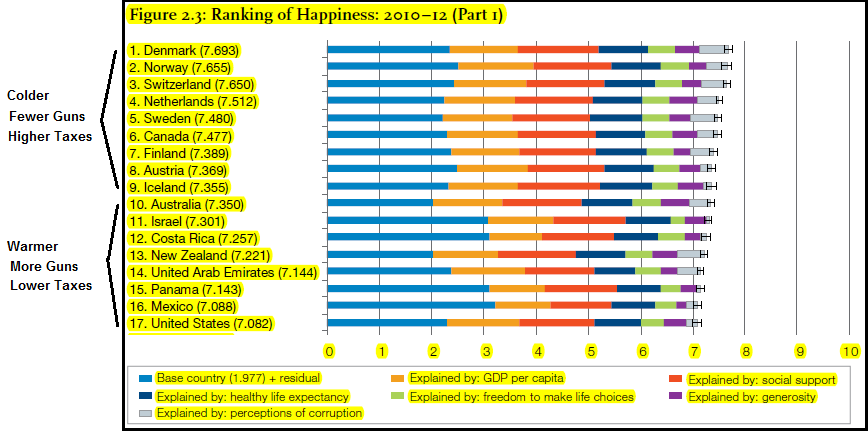An idea and connection came to me in a conversation I had with
a friend that involved lynching and how the practice of lynching in America must
have made black people feel at the time.
In pictures that you can see not only was this not a hidden or taboo
practice in our countries past, but on the contrary these lynching’s seemed to
be an institution of socialization in their own right. They stated, by the unashamed and open
participation of so many whites, that white people had the power to do what they wanted
because of their whiteness, and also let black people know without a shadow of
a doubt that even the institutions that were in place to work for and protect the American citizen, like the police and the government, were not to be trusted.
Racism has a very colorful and ugly past in this
country. And even though things have
improved in the last 50 years, unfortunately the problem has grown more and
more subtle as time goes by. No longer
can people openly state that they are treating a person differently because of
the color of their skin, but does that mean that white people’s actions are not
portraying the same images and creating the same feelings between black people
and the institutions that are put in place to “protect” them? My idea and
argument is that the way our society has normalized the massively disproportionate
incarceration of millions of black people along with the killing
of black people by the mostly white police force of America has recreated the
same dynamic and feelings as the lynching’s did.
Even though black people only make up approximately 12.6% of
the country’s population, they consist of almost half of the prison population
today. According to the NAACP website
there are 1 million black prisoners out of 2.3 million totals. Is this because black people are just
criminals and cannot help but commit crimes and therefore must be locked away?
To that idea my answer is obviously not, the fact remains that police are
searching, finding, apprehending, and locking away young black people
specifically and intentionally in their war on drugs. This is a major problem
because when you have so many people who are locked up and now have felonies
you are disenfranchising them as citizens in the United States and this allows
many places in our society to now discriminate against these people not as
Black men but now as Felons. These
people have a hard time accessing benefits from the government, finding
housing, finding jobs, and cannot vote for the rest of their lives a lot of
times. These facts alone serve to create
a non trusting and splintered relationship between black people and the “system”. When
you couple that with the fact that white police officers are not only looking
specifically for black people to lock up but that they are killing on average 2
black people per week per year with little to no consequence, it is a smack in
the face for many black people around the country.
The reality of the race situation in our country is that
while it is not politically or socially correct to speak openly about racism,
that it still exists and is alive today victimizing and creating the same kind
of distrust and divide as it did in the 1800s and early 1900s. In too many places in our country black
people do not see a friend or protector when it comes to the police and the
government. Instead what many people see
is another potential enemy who can do what they want and even kill without
serious thought of reprimand. Imagine
what life would be like if you felt that way about the very people who were
paid to protect and serve you. How would
that change your life?

















